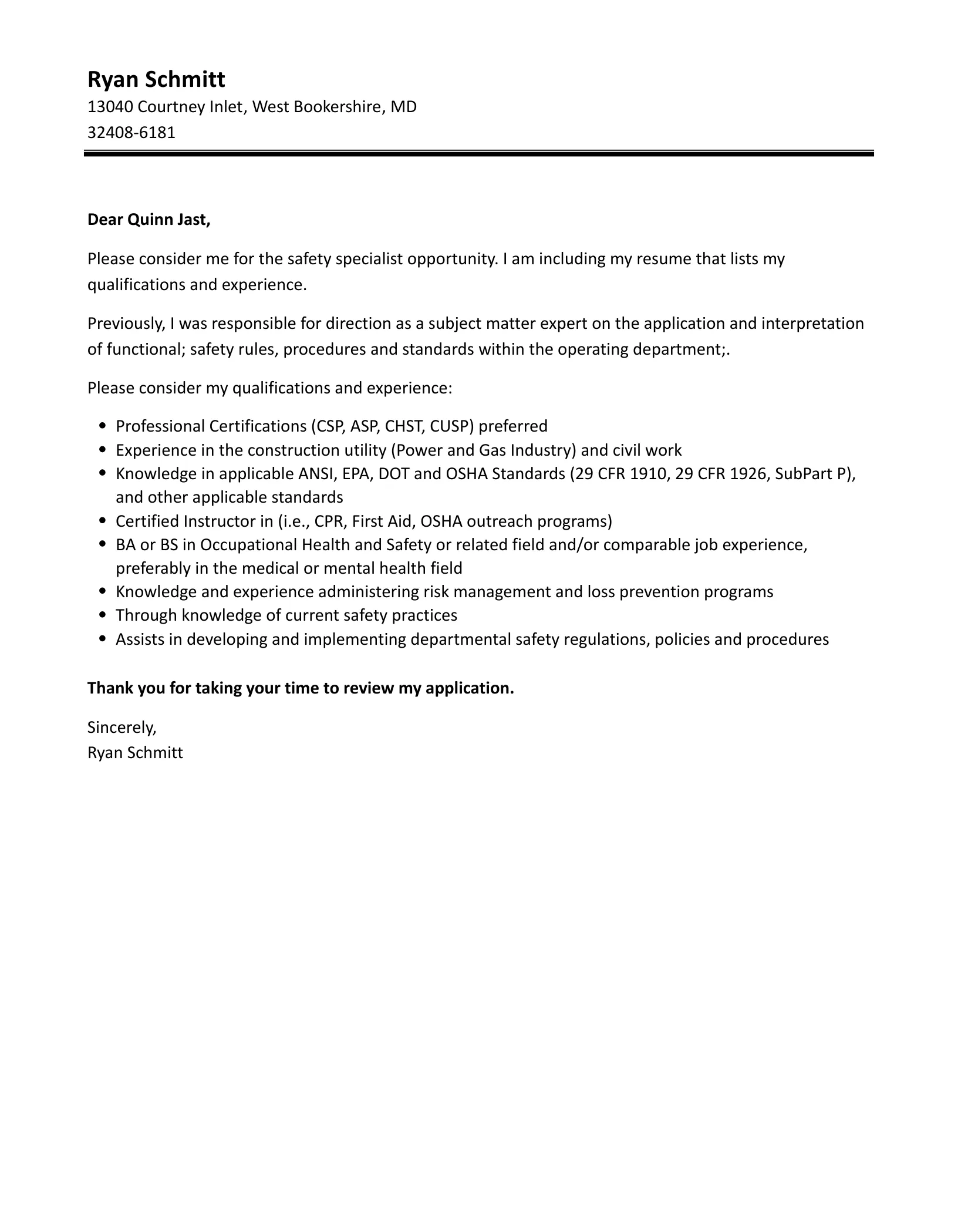The Core Purpose of a Safety Professional Cover Letter
A cover letter for a Safety Professional is not merely a formality; it’s your first and often most crucial opportunity to make a positive impression on a potential employer. Think of it as your personal introduction, a concise and compelling summary of your qualifications, skills, and experience, all tailored to the specific requirements of the job you’re applying for. It goes beyond the resume, allowing you to showcase your personality, enthusiasm, and understanding of the company’s needs. The core purpose is to secure an interview. It’s your chance to demonstrate why you are the ideal candidate and what unique value you bring to the organization. This document should highlight your relevant skills and experiences and show your passion for safety. A well-crafted cover letter grabs the hiring manager’s attention and encourages them to read your resume.
Highlighting Your Key Safety Skills
Your cover letter is the ideal place to showcase the safety skills that make you stand out. Safety professionals often possess a diverse skill set, encompassing technical expertise, communication proficiency, and leadership capabilities. Highlight your most relevant skills, such as hazard identification, risk assessment, incident investigation, and safety program development. Mention specific software proficiencies or certifications, like OSHA or CSP certifications, that align with the job description. Quantify your skills whenever possible. Instead of simply stating you have experience with incident investigation, mention the number of incidents you’ve investigated or the improvements you made to prevent future occurrences. Remember to align your skills with the keywords found in the job posting, demonstrating your understanding of the employer’s specific needs. Use action verbs and concrete examples to show, don’t just tell, how you’ve applied your skills in previous roles. This helps your letter immediately resonate with the recruiter.
Demonstrating Your Knowledge of Safety Regulations
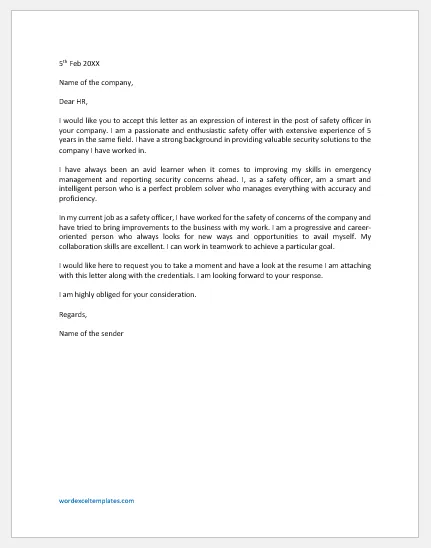
A fundamental aspect of any Safety Professional’s role is in-depth knowledge of relevant safety regulations, standards, and best practices. Demonstrate your expertise in this area by specifically mentioning the regulatory frameworks you’re familiar with, such as OSHA, EPA, or any industry-specific guidelines. Provide examples of how you have applied these regulations to ensure workplace safety and compliance. Did you conduct safety audits, develop safety training programs, or implement safety policies based on these regulations? Emphasize your ability to interpret and apply these standards to practical situations. Furthermore, show your commitment to staying updated on changes in regulations by mentioning any relevant professional development courses or certifications you’ve obtained. Your knowledge of these standards proves your dedication to protecting employees and minimizing risks within the workplace. This knowledge also shows your understanding of potential liabilities and how to prevent them.
Showcasing Your Experience and Achievements
Beyond listing your responsibilities, your cover letter should showcase your achievements and the value you’ve brought to previous roles. This is where you provide tangible evidence of your abilities. Use the STAR method (Situation, Task, Action, Result) to describe specific accomplishments. For example, instead of writing “Managed safety programs,” detail a specific project: “Implemented a new fall protection program (Situation), which required assessing risks and developing training (Task), leading to a 30% reduction in fall-related incidents (Action), ultimately resulting in improved employee safety and reduced workers’ compensation costs (Result).” Quantify your achievements whenever possible using data, numbers, or percentages. This demonstrates your ability to produce results and make a positive impact on workplace safety. Highlighting these achievements clearly shows the value you can bring to the organization and how you can contribute to their safety goals.
Tailoring the Cover Letter to the Specific Job
A generic cover letter rarely succeeds. The most effective cover letters are tailored to the specific job you’re applying for. This requires more than just changing the company name; it means carefully reviewing the job description and identifying the key skills, qualifications, and experiences the employer is seeking. Use the job description as a guide to highlight the most relevant aspects of your background. When you tailor your letter, you prove that you’ve taken the time to understand the company’s needs and how your skills and experience align with their requirements. Customize your letter by mirroring the language used in the job description. This makes it easier for the hiring manager to see the direct correlation between what they need and what you offer. It also demonstrates your attention to detail and your proactive approach to the application process.
Researching the Company and its Safety Needs
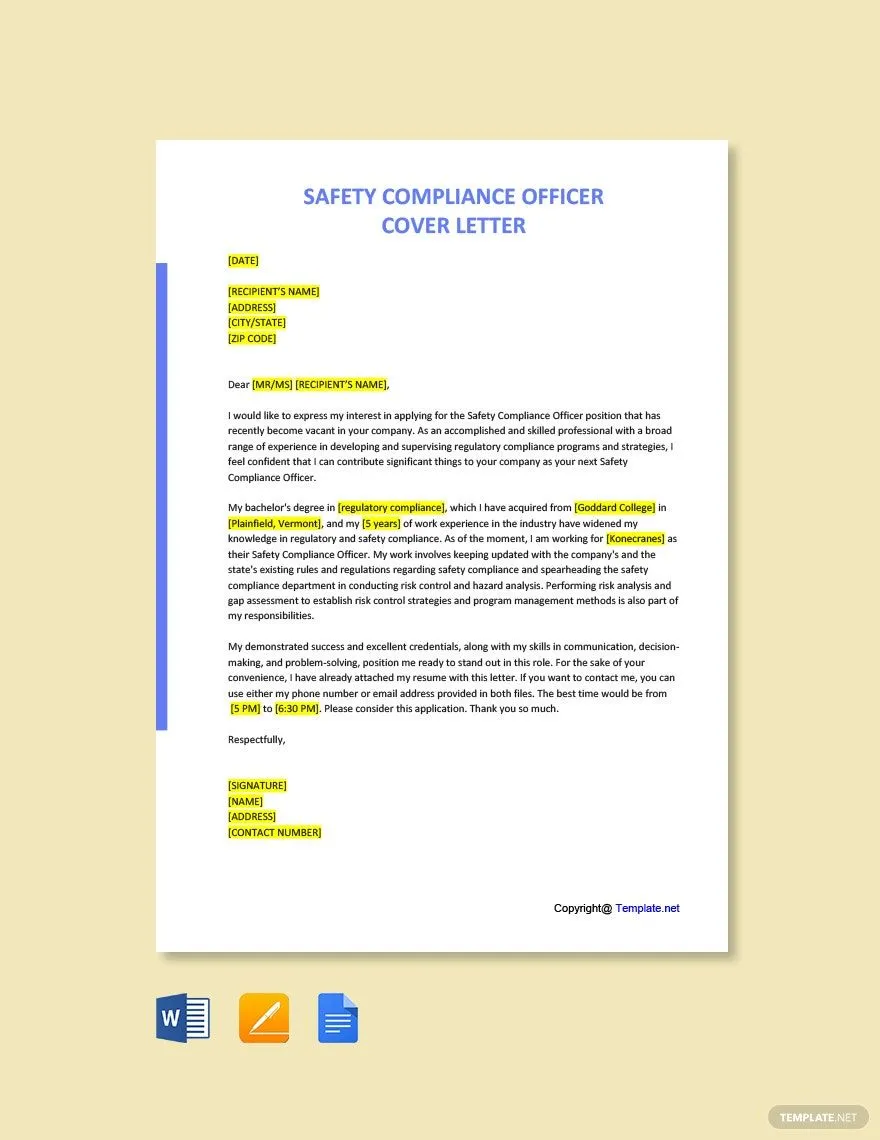
Before you start writing, conduct thorough research on the company. Understanding the company’s industry, its size, its safety record, and any recent safety-related incidents is essential. Visit the company’s website, read news articles, and check their social media presence. Identify the company’s values, mission, and safety goals. If you can, find out about their current safety programs and any specific challenges they might be facing. This research allows you to tailor your cover letter to address the company’s specific needs and demonstrate how you can contribute to their success. For example, if the company is in the construction industry, you might emphasize your experience with fall protection and excavation safety. If they have a recent safety concern, you can address how your expertise could help improve their performance. The more information you gather, the more effective your cover letter will be.
Using Keywords from the Job Description
A subtle but important aspect of tailoring your cover letter involves incorporating keywords from the job description. Employers often use Applicant Tracking Systems (ATS) to scan resumes and cover letters for these keywords. Identify the most important terms related to skills, experience, and qualifications. Weave these keywords naturally into your cover letter. But avoid keyword stuffing; focus on using the terms relevant to your skills and experiences. The goal is to show that your background matches the employer’s specific requirements. In addition, it helps demonstrate that you understand the job’s key responsibilities. This increases the likelihood that your application will be noticed and moved forward in the hiring process. This is about showing you meet the requirements of the job description while highlighting your suitability for the role.
Creating a Strong Opening and Closing
The opening and closing paragraphs are your opportunity to capture the reader’s attention and leave a lasting impression. A strong opening should immediately highlight your interest in the position and the company. Make it clear why you are applying, and what makes you a good fit for the role. A compelling opening should be personalized. The closing paragraph should reiterate your enthusiasm for the position, summarize your key qualifications, and include a call to action. This lets the employer know you are eager for an interview and how they should proceed. Ensure your opening grabs the reader’s attention immediately, clearly stating your purpose for writing and your key qualifications for the role. A well-crafted closing reinforces your enthusiasm, reiterates your value proposition, and includes a clear call to action.
Crafting a Compelling Opening Paragraph
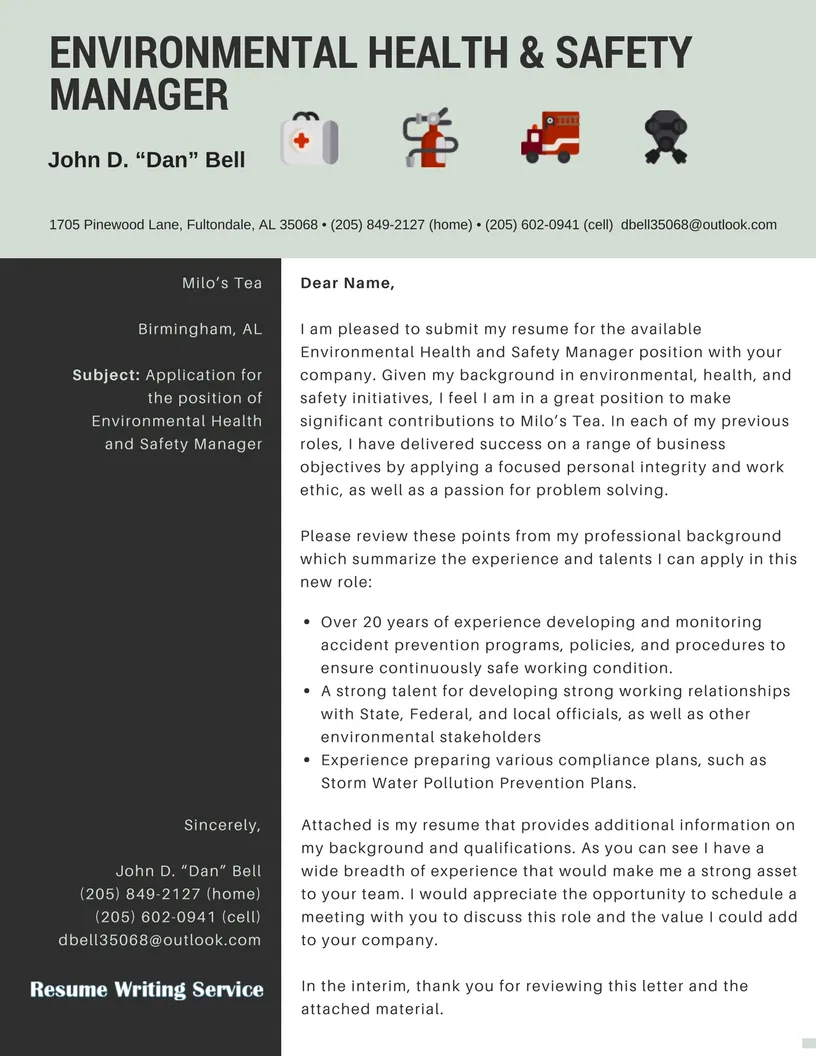
The opening paragraph should immediately grab the reader’s attention and clearly state your purpose for writing. Avoid generic phrases like “I am writing to apply…” and instead, express genuine enthusiasm for the opportunity. Mention the specific position and how you learned about it. Immediately highlight your most relevant qualification or achievement that aligns with the job requirements. For instance, start with a strong statement of your career highlights that immediately captures the reader’s attention. Be direct and concise. This opening is crucial; it sets the tone for the rest of your letter and encourages the reader to continue. The opening paragraph is your chance to get your foot in the door and set yourself apart from other applicants. This initial impact can have a lasting effect.
Summarizing Your Value Proposition
In the body of your cover letter, focus on your value proposition: What do you bring to the table that other candidates might not? This means highlighting the unique combination of skills, experiences, and qualities that make you the ideal fit for the role. Focus on your key strengths and how they align with the employer’s needs. This may include your ability to develop and implement safety programs, your strong communication skills, or your track record of reducing workplace accidents. Be specific and use examples to demonstrate your ability to deliver results. Summarizing your value proposition is about positioning yourself as the best candidate and articulating your potential contributions to the company.
Formatting Your Cover Letter for Maximum Impact
The format of your cover letter is just as important as the content. A well-formatted letter is easy to read and makes a positive impression. Use a professional font, such as Arial, Calibri, or Times New Roman, in a size between 10 and 12 points. Ensure your margins are consistent, typically 1 inch on all sides. Use a clear and concise layout, with adequate spacing between paragraphs and sections. Proper formatting will make your letter visually appealing and reader-friendly. This will help the recruiter process the document quickly and efficiently. A well-formatted letter shows professionalism and attention to detail, which are critical qualities for a Safety Professional. A poorly formatted cover letter risks getting overlooked.
Choosing the Right Font and Layout
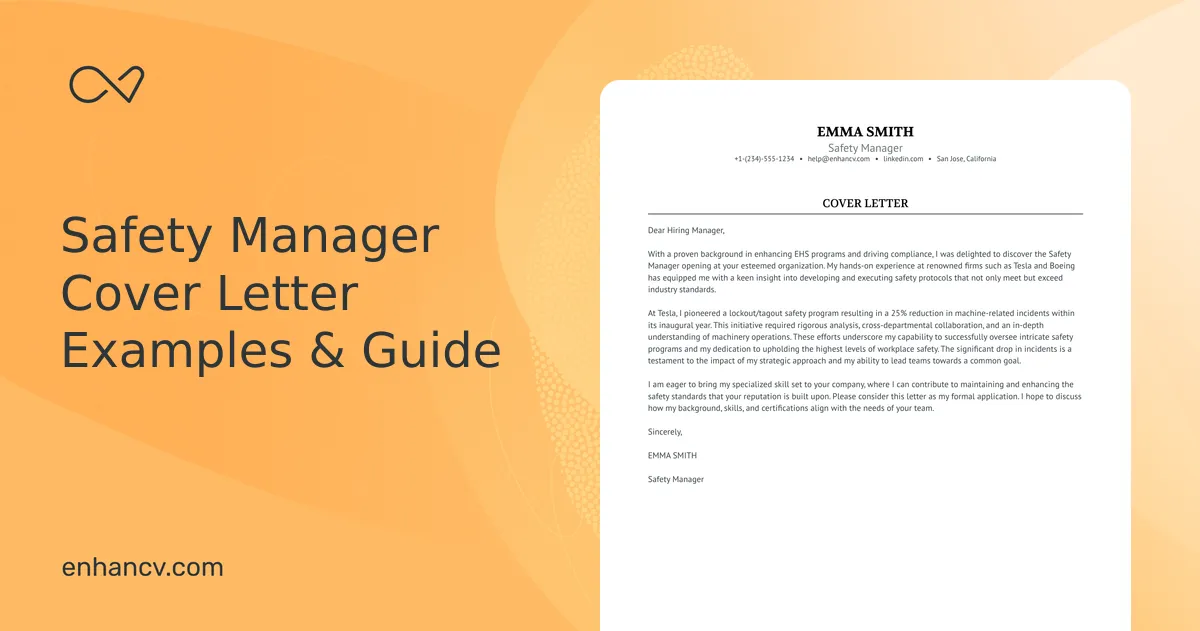
The right font and layout can significantly improve the readability of your cover letter. Choose a font that is easy to read, professional, and consistent. Avoid overly ornate or distracting fonts. The layout should be clean and well-organized. Use headings, bullet points, and white space to break up text and guide the reader’s eye. Keep the letter concise and focused, typically one page in length. Include your contact information at the top of the letter. Remember, the goal is to present your qualifications in a clear, accessible, and visually appealing way. This ensures the reader can easily scan your key points. This attention to detail demonstrates your commitment to professionalism and effective communication, crucial skills for a Safety Professional. A clean and easy-to-read format also indicates your attention to detail.
Proofreading and Editing for Accuracy
Before submitting your cover letter, proofread and edit it meticulously. Errors in grammar, spelling, or punctuation can undermine your credibility and leave a negative impression. Read the letter several times, and consider asking a friend or career advisor to review it as well. Check for consistency in formatting, style, and tone. Ensure that your contact information is accurate. Proofreading is about attention to detail, so take your time. It’s crucial to review your work carefully before sending it. A polished and error-free cover letter shows your attention to detail and professionalism. Such small mistakes can cost you a job, no matter how qualified you are.
Adding a Call to Action
Conclude your cover letter with a clear call to action. This is where you explicitly express your interest in the position and state your desire for an interview. Thank the hiring manager for their time and consideration. Provide your contact information and indicate your availability for an interview. A strong call to action encourages the employer to take the next step in the hiring process. A call to action leaves no ambiguity about your interest and availability, increasing your chances of being contacted for an interview.
Contact Information
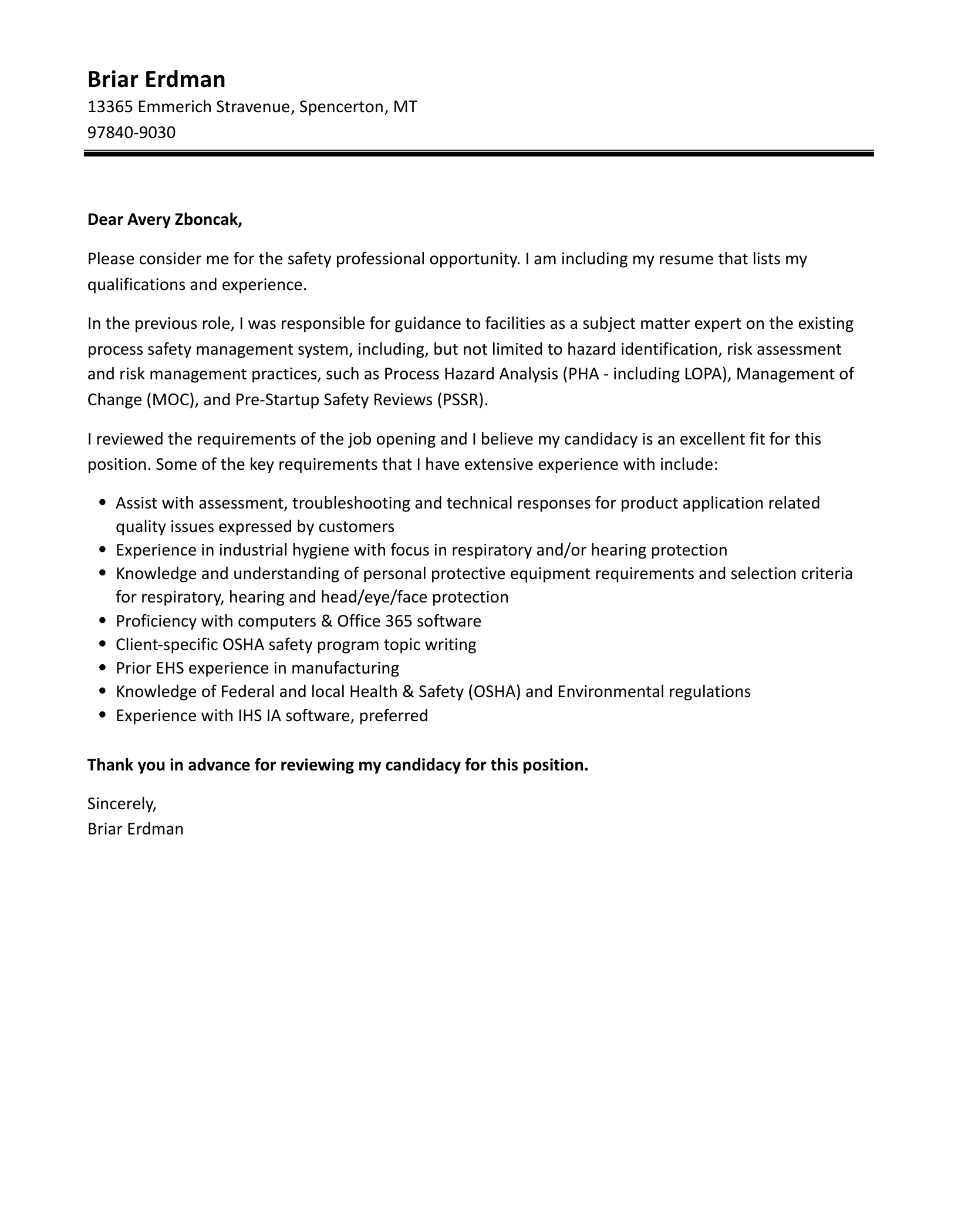
Make it easy for the hiring manager to reach you by including your contact information. Your contact information should include your name, phone number, email address, and, if applicable, your LinkedIn profile URL. Ensure that the email address is professional-sounding. Your contact information should be prominently displayed at the top of the letter, so it’s easy to find. Verify that all the information is current and accurate. Your contact details are essential to ensure the employer can reach you quickly and easily. They are essential in case they want to make you an offer, so do not leave any space for error. Always double-check everything.
